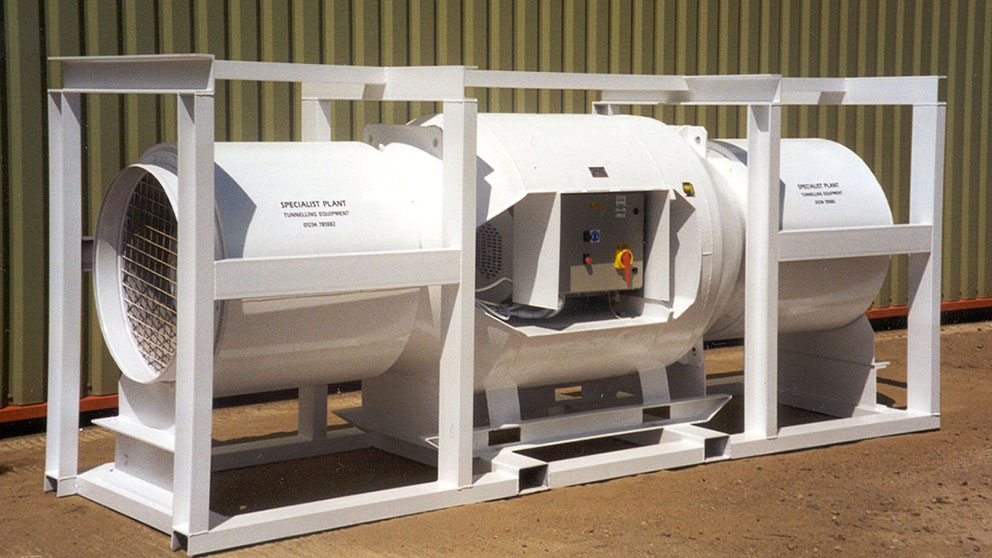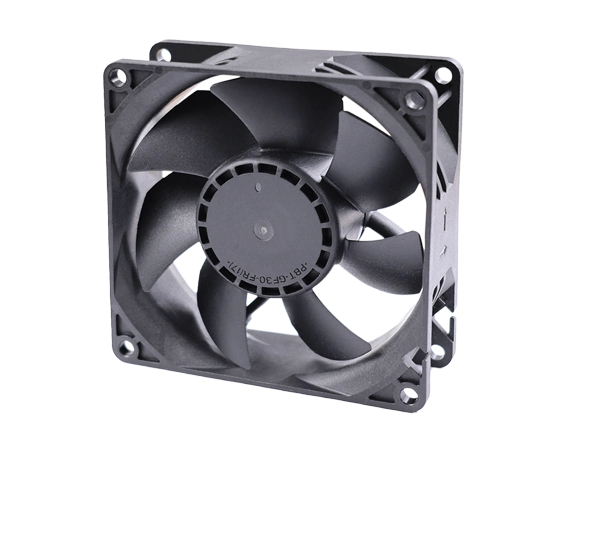
Confined spaces pose significant risks due to limited airflow, potentially leading to hazardous conditions. Proper ventilation is crucial to ensure the safety and well-being of individuals working or occupying such spaces. In this blog post, we will explore the best practices and strategies for effectively ventilating confined spaces, taking into account the latest research and industry standards. Whether you are a professional in the field or someone seeking knowledge on this topic, this article will provide you with valuable insights and practical solutions.
- Understanding the Importance of Ventilation:
Before delving into the best ventilation techniques, it is essential to grasp why proper ventilation is crucial in confined spaces. Inadequate airflow can result in the accumulation of toxic gases, flammable vapors, or airborne contaminants, posing severe health risks. Ventilation helps to maintain a safe and breathable environment, preventing accidents, injuries, and even fatalities. - Assessing the Confined Space:
Each confined space is unique, and a thorough assessment is necessary to determine the most effective ventilation strategy. Factors such as the size of the space, potential hazards, and the number of occupants must be considered. Conducting a comprehensive risk assessment will enable you to tailor your ventilation approach to the specific requirements of the confined space. - Mechanical Ventilation Techniques:
Mechanical ventilation involves using equipment to actively circulate air within the confined space. This technique is particularly useful when natural airflow is insufficient. Some commonly employed mechanical ventilation methods include:
- Forced Air Ventilation: Utilizing fans or blowers to introduce fresh air and remove contaminated air from the confined space. Proper placement of intake and exhaust points is crucial for optimal results.
- Exhaust Ventilation: Focusing on removing contaminants directly at the source, such as using local exhaust hoods or ducts. This technique is effective for spaces with known pollutant release points.
- Continuous Air Change: Implementing a system that ensures a constant flow of fresh air, preventing the buildup of hazardous substances. This method is suitable for long-duration tasks or spaces with high pollutant generation rates.
- Natural Ventilation Strategies:
In some cases, natural ventilation can be a viable option for confined spaces. This approach utilizes natural air movement to exchange stale air with fresh air. Considerations for effective natural ventilation include:
- Opening Windows or Doors: Creating openings to allow for cross ventilation, promoting air circulation.
- Wind Catchers: Installing wind catchers or vents to harness natural wind movement and facilitate air exchange.
- Stack Effect: Leveraging temperature differences between the confined space and the surrounding environment to induce airflow.
- Monitoring and Maintenance:
Implementing a ventilation system is not a one-time task. Regular monitoring and maintenance are essential to ensure continued effectiveness. Monitoring air quality, airflow rates, and equipment functionality will help identify any potential issues and allow for timely intervention. Additionally, proper maintenance of ventilation equipment, including cleaning filters and inspecting fans, is crucial for optimal performance.
Conclusion:
Ventilating confined spaces is a critical aspect of maintaining a safe working environment. By understanding the importance of ventilation, assessing the space, and implementing appropriate techniques, you can effectively mitigate risks associated with inadequate airflow. Remember to tailor your approach to the specific requirements of each confined space and regularly monitor and maintain the ventilation system. By prioritizing safety and following industry best practices, you can ensure the well-being of individuals working in confined spaces.
